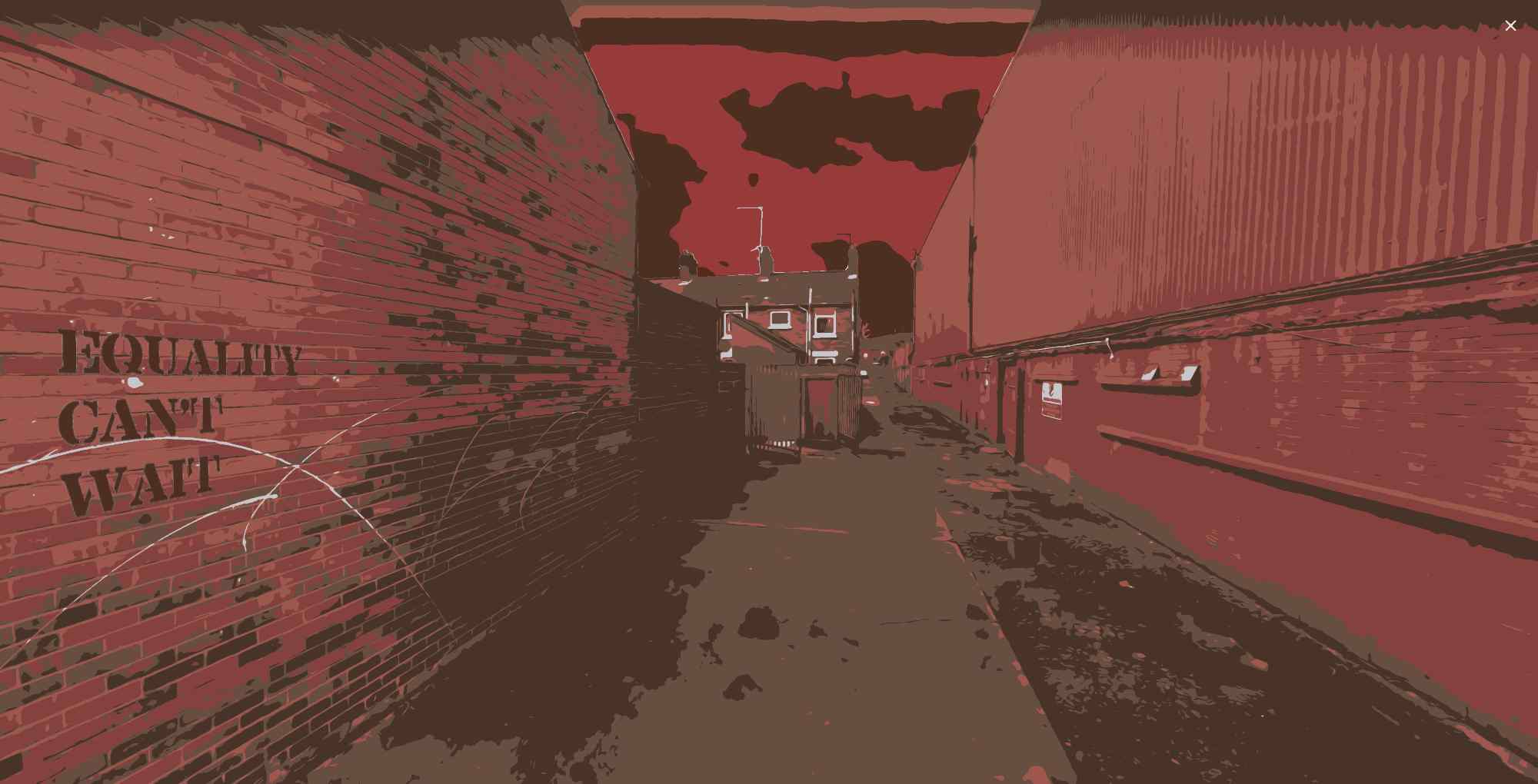
Policy Watch
An eye on policy changes in Ireland, the UK and beyond
Child Poverty, Inequality and Covid-19
In her final speech in post, Children’s Commissioner for England Anne Longford said the country was “on track to have the highest levels of child poverty since records began in the 1960s”. She accused the government of “institutional bias against children” and called on the prime minister to make a “Covid covenant” of education and wellbeing support to help their recovery. At Stormont, MLAs asked the Minister of Health whether there are any specific public health interventions to address the impact of COVID-19 on the most deprived communities and requested an update from the Minister for Communities on the anti poverty scheme and particular efforts against child poverty. Answers are pending.
The UN Special Rapporteur on extreme poverty and human rights, following an EU visit, said that the pandemic was a “chance for Europe to reinvent itself by placing social justice at its core”. He said that 19.4m children – 23.1% of children in the EU – live in poverty, and noted that the EU commitment to lift 20 million people out of poverty by 2020 was largely missed, despite (pre-Covid) steady economic and employment growth. He said this indicated that the benefits of growth had not been evenly distributed.
A Fair by Design report demonstrated that single parents, disabled people and people of colour in the UK pay a ‘poverty premium’ – the equivalent of three months’ food – in extra charges for essentials like energy, banking, credit and insurance. This is because they were more likely to need to resort to high-cost credit and faced higher insurance premiums, amongst other factors.
